
GraphQL360 schema
The singleTour query that let anyone fetch tours, locations, and assets without waiting on us to export data.
DTour Series
This is the lineage of tools we built to let anyone capture, edit, and distribute 360° experiences without being locked into proprietary stacks.
2018
API + viewer stack born out of Matterport learnings. Brought self-hosted tour control to indie photographers competing with big platforms.
2019
Mobile capture apps, auto-linking pipelines, and open-source packaging so entire tours could be exported, white-labelled, or hosted.
2020–2021
Brand refresh + native integrations. Expanded to product spins, automotive capture, and deeper Unity bridges.
2022+
All prior work merged into Twirrl’s GraphQL API, powering LLM-ready capture, retrieval, and automation projects today.
Screens + prototypes
Straight from the Obsidian vault: capture flows, editors, and export views we used with agencies and photographers.
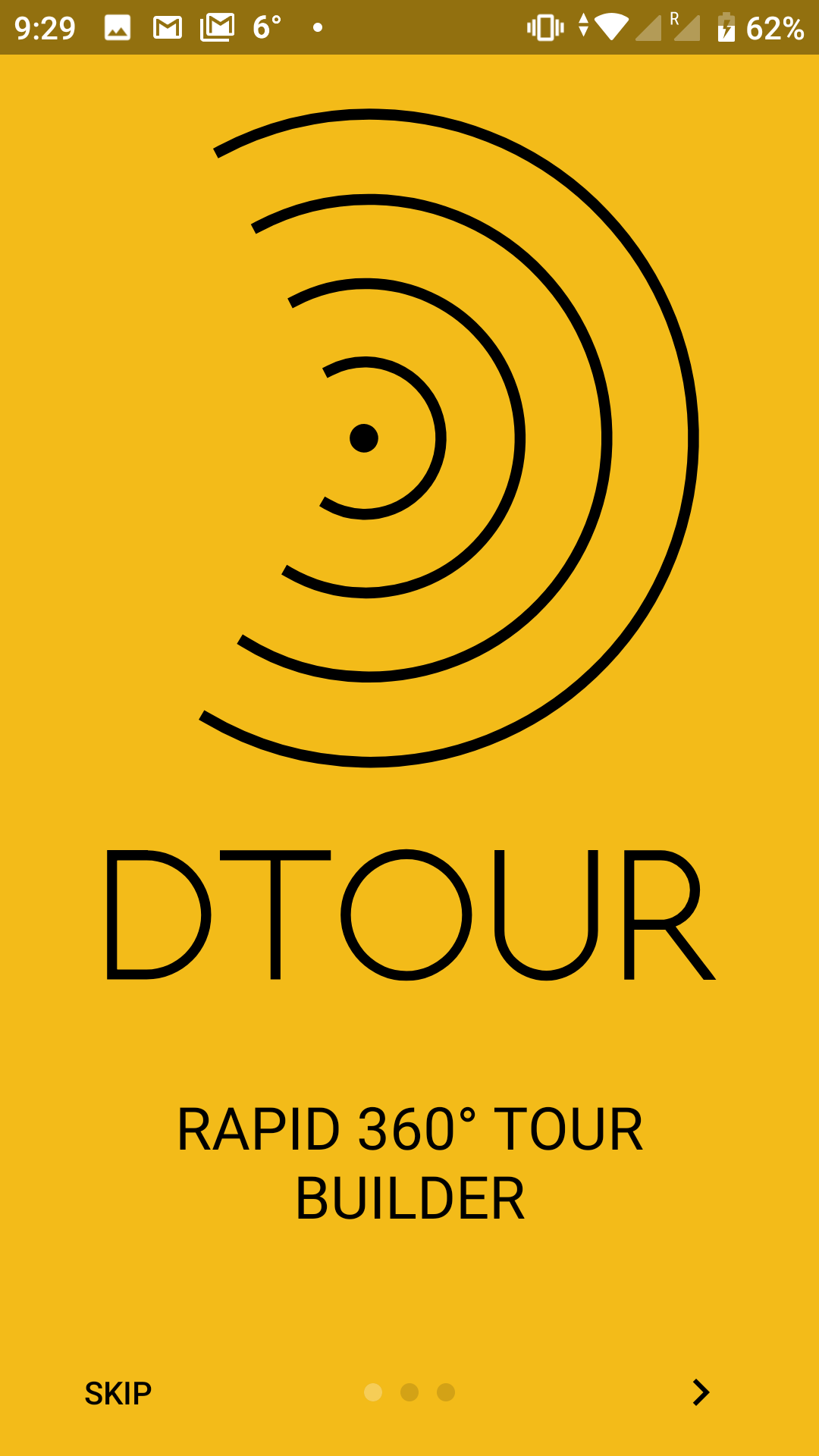
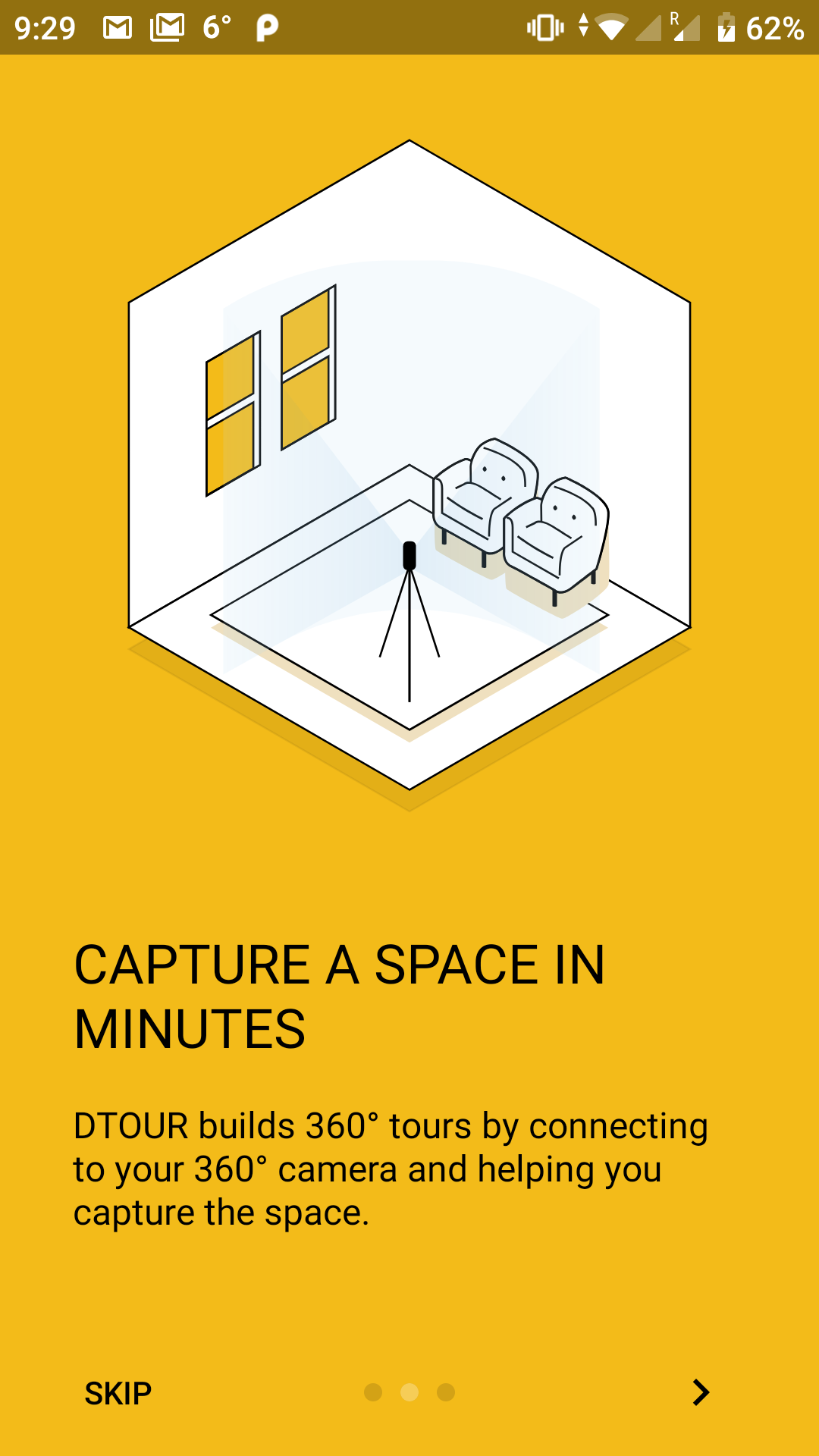
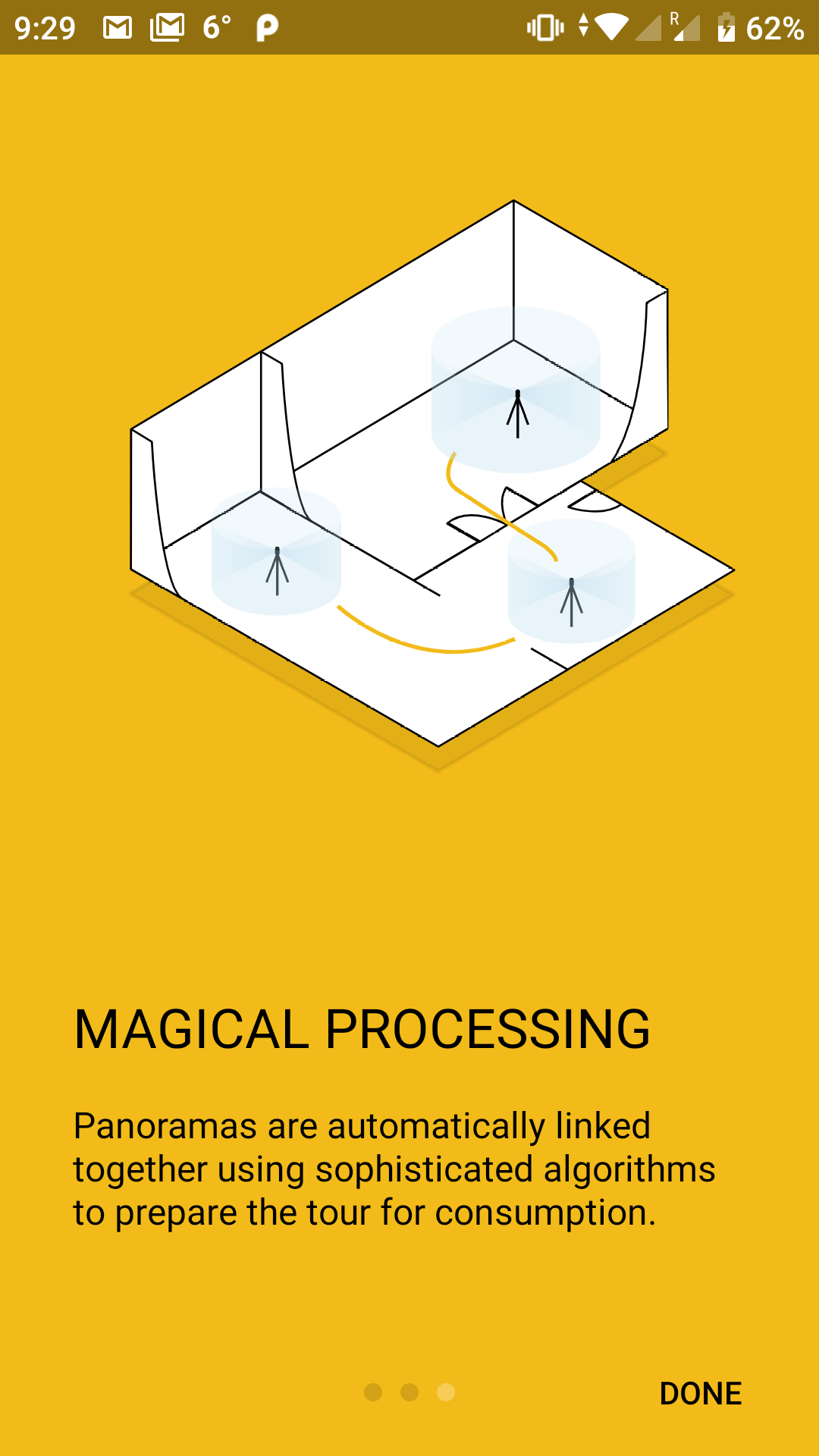
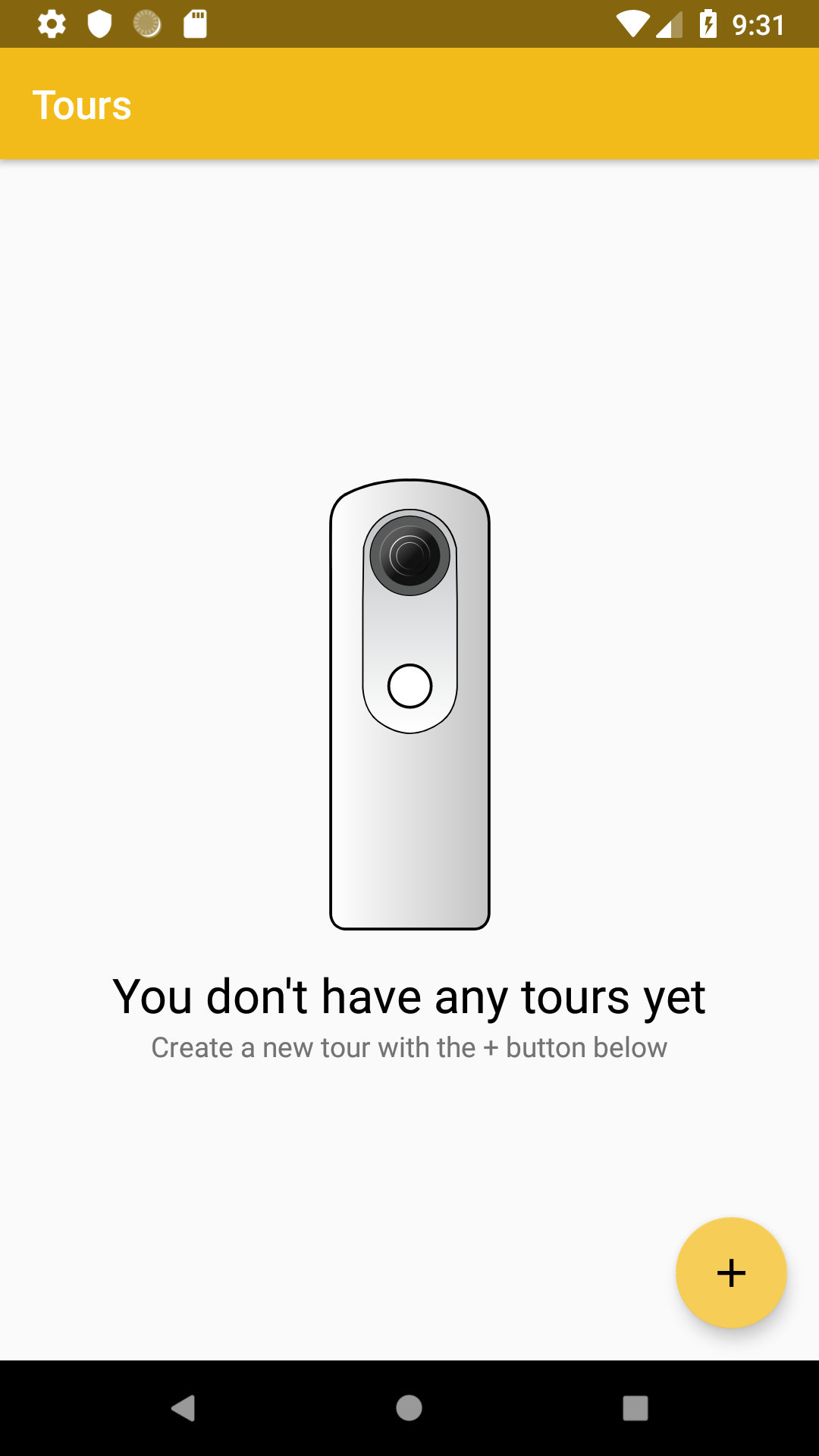

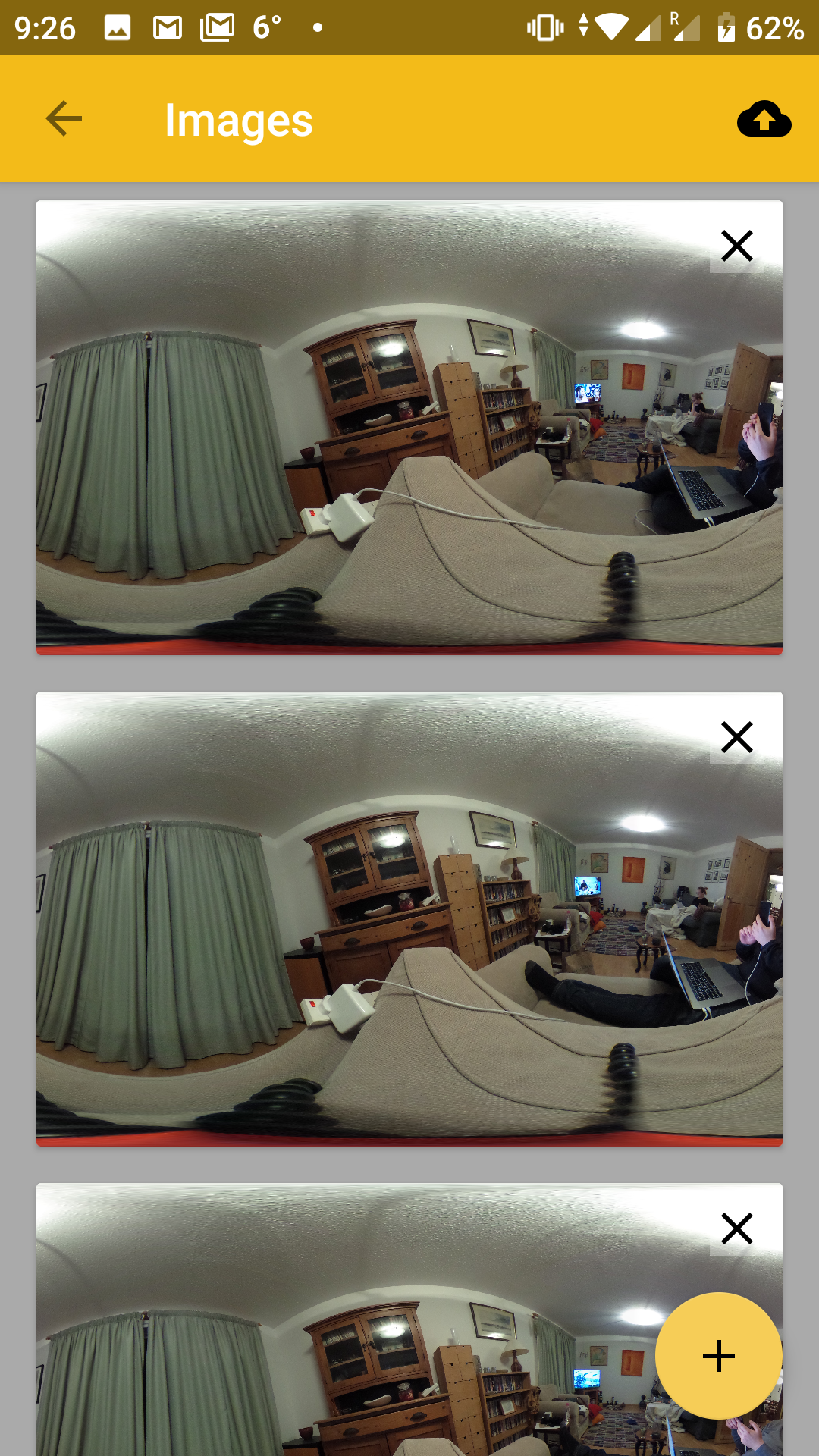
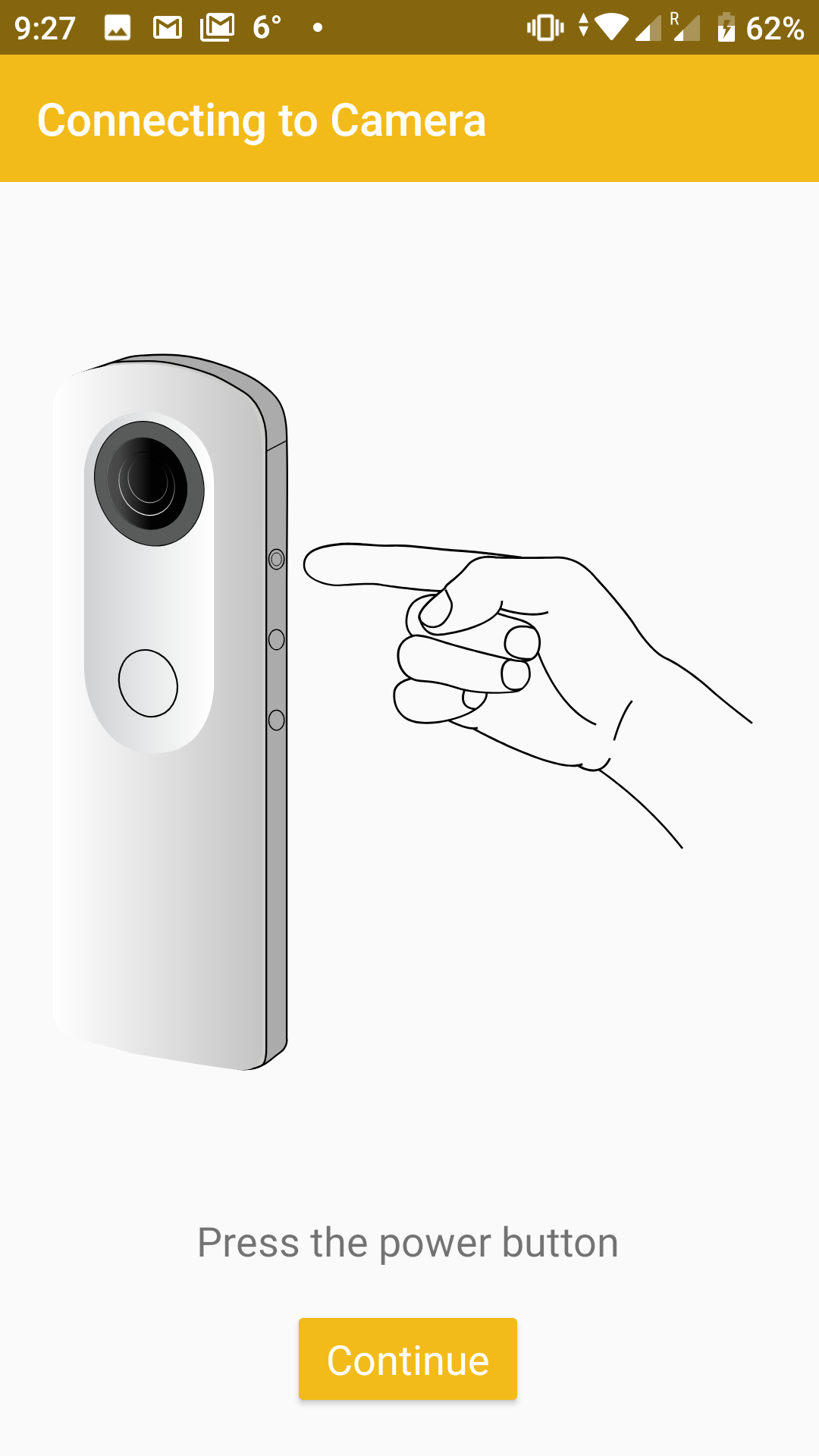
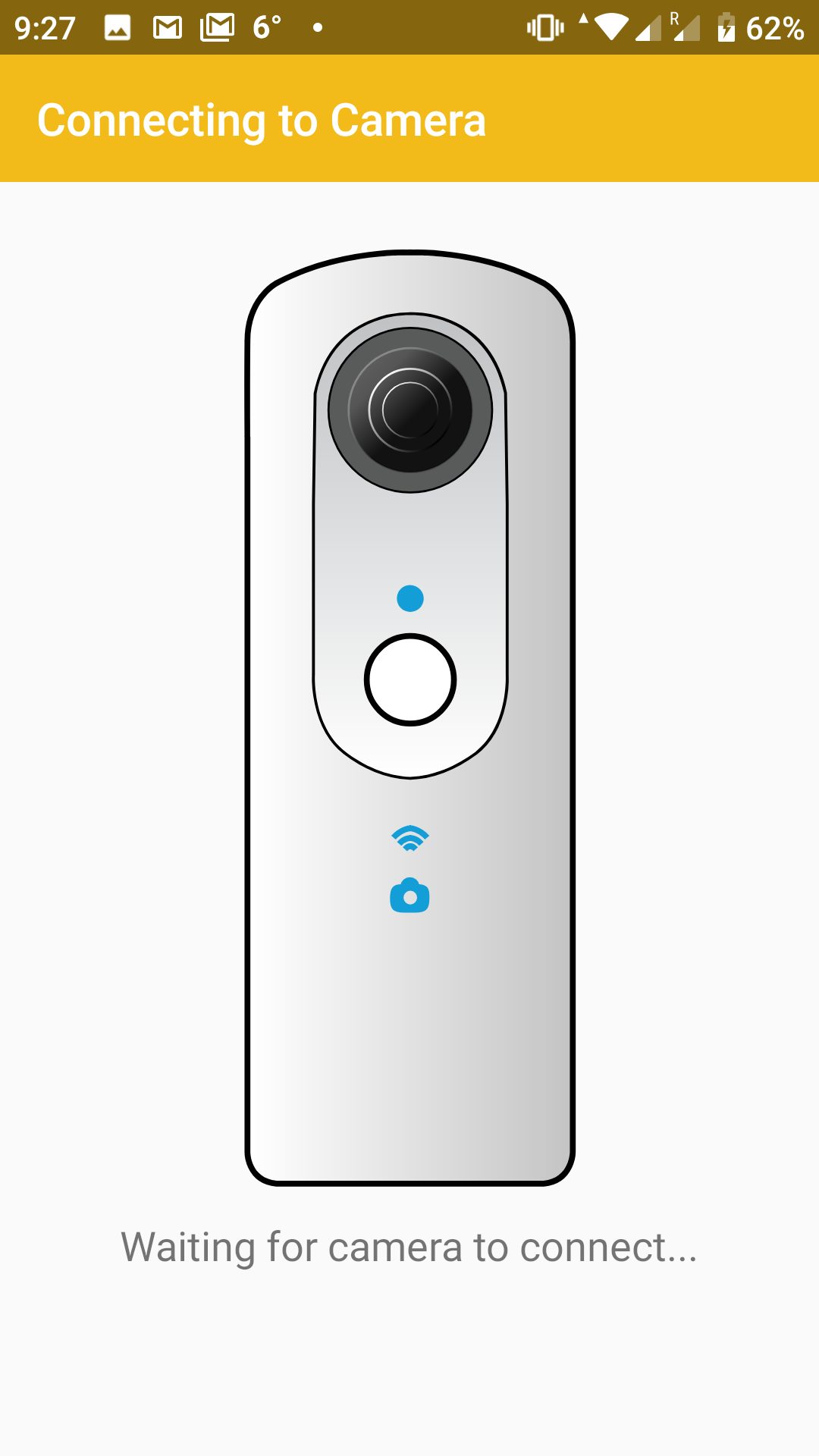
Every component shipped with an open GraphQL API, so agencies could self-host, white-label, or remix flows without waiting on us.
Native iOS/Android capture apps, auto-linking services, editor tooling, and viewers for web, native, and VR.
Hotels, automotive, retail, and training teams adopted the stack. The same pipelines power today’s LLM retrieval + AR projects.
Manifesto
DTour exists to keep immersive storytelling accessible. Locking capture pipelines behind paywalls slows adoption. So we shipped the whole thing—capture, editor, viewer, and API—as open, remixable blocks.
Under the hood
DTOUR wasn’t just pretty UI—the GraphQL schema, alignment experiments, and QA tooling are the same bones we use for today’s AI work.

The singleTour query that let anyone fetch tours, locations, and assets without waiting on us to export data.

Computer-vision overlays we used to ensure auto-linked panoramas stayed true before humans ever opened the editor.
Open platform ethos
DTour shipped as both a SaaS and a downloadable stack. Auto-linking, capture apps, editors, viewers, and GraphQL APIs were all open-source under Far Horizons.
Need the playbook?
We can walk you through the original DTour documentation or port the ideas into your current LLM/vision stack.
Back to lab timeline